
Drywood Termites vs. Subterranean Termites: What’s the Difference and Why It Matters
In South Florida, termites are a year-round threat—but not all termites are the same. Two of the most destructive species you might encounter are drywood

In South Florida, termites are a year-round threat—but not all termites are the same. Two of the most destructive species you might encounter are drywood
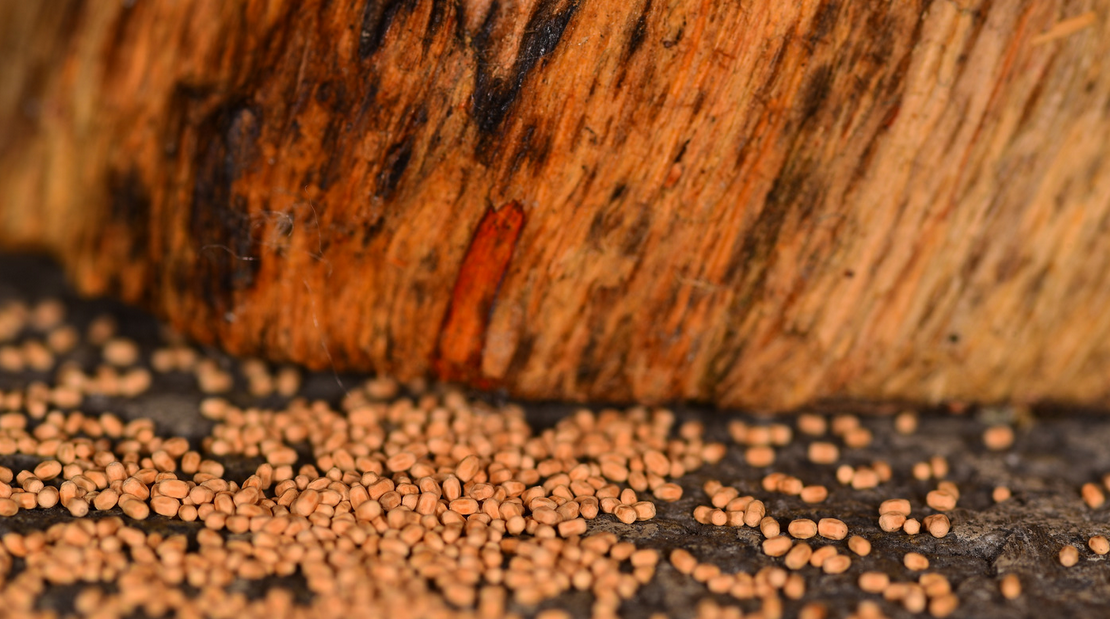
When people think about termite infestations, they often imagine pests coming up from the soil or through cracks in the foundation. But drywood termites are
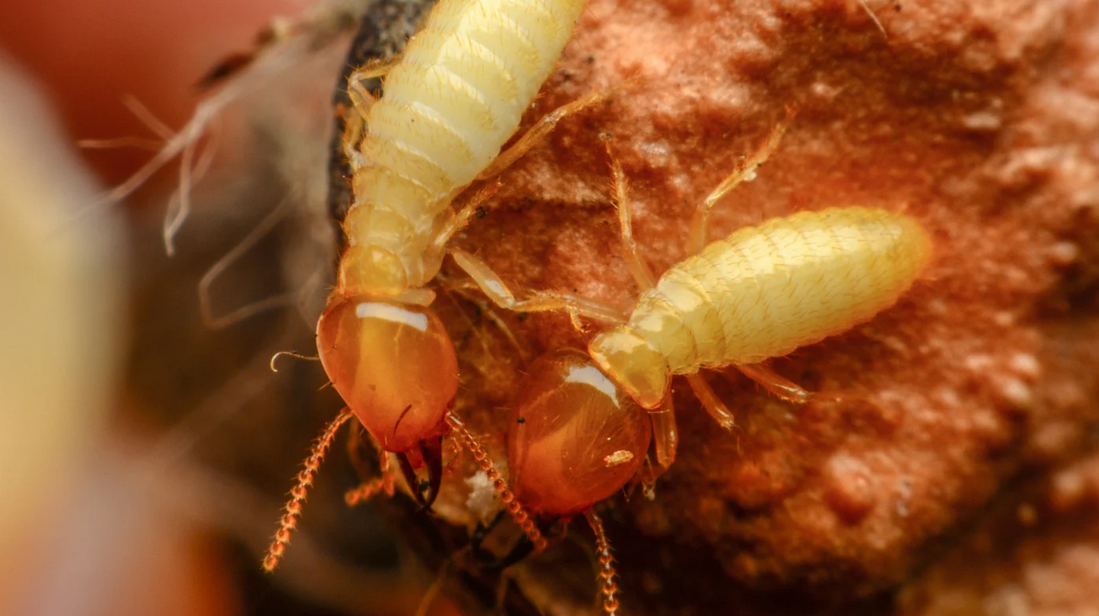
Drywood termites are one of the stealthiest threats to homes in South Florida. While subterranean termites often leave obvious signs—like mud tubes along foundations or

If you’ve ever faced a drywood termite infestation, you’ve probably heard the word fumigation tossed around. In South Florida, fumigation (often called “tenting”) is one
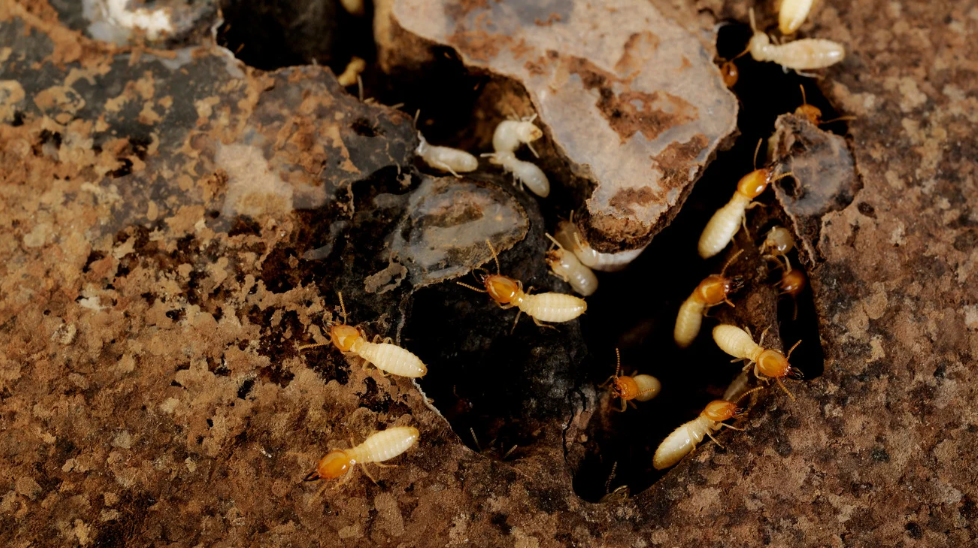
South Florida’s tropical climate makes it a hotspot for termite activity, but one species in particular is raising alarm across the region: the Asian subterranean
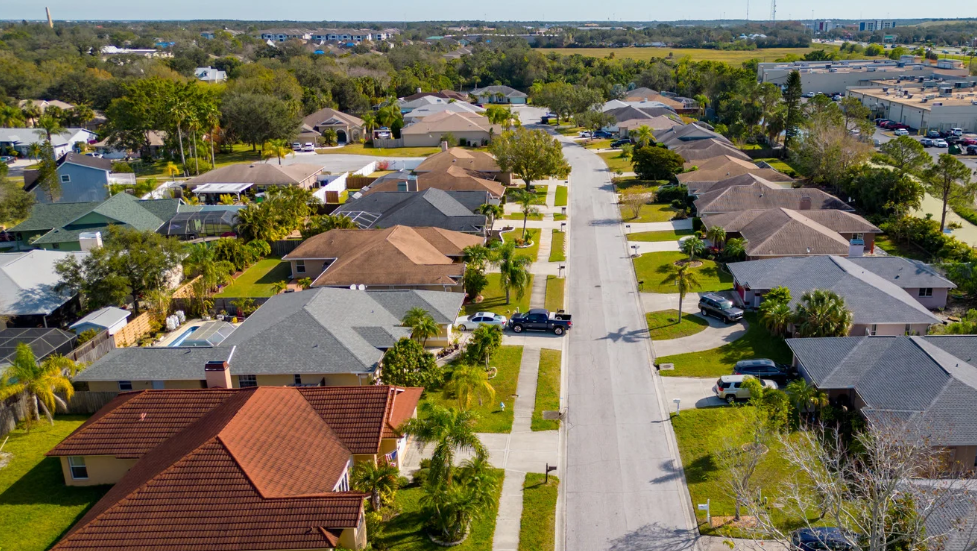
South Florida residents are no strangers to termites, but many are unaware of how quickly the Asian subterranean termite (Coptotermes gestroi) can move through an
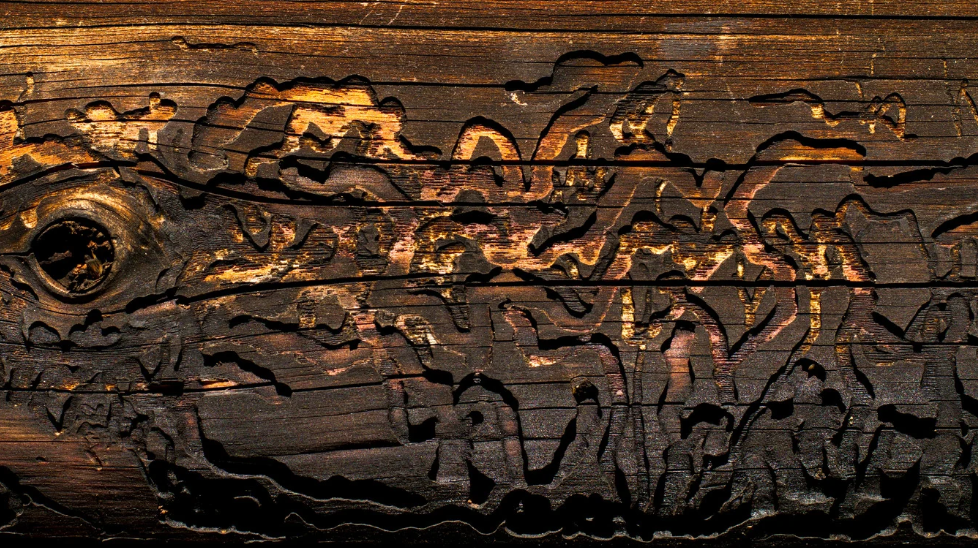
In South Florida, termite activity is a year-round concern—but when it comes to Asian subterranean termites, the danger isn’t just their presence. It’s the fact
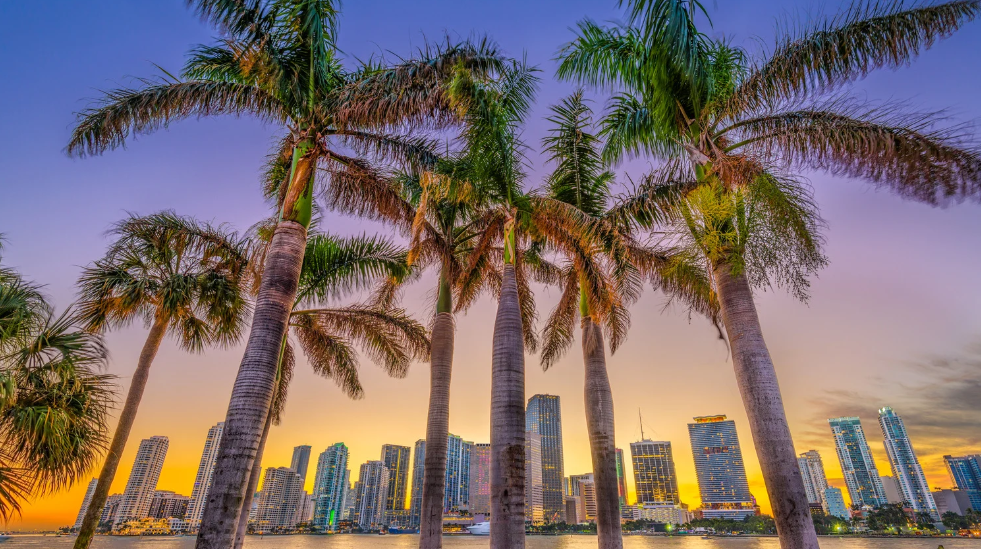
Asian subterranean termites (Coptotermes gestroi) aren’t just another household pest—they’re recognized by experts as one of the most invasive and destructive termite species in the
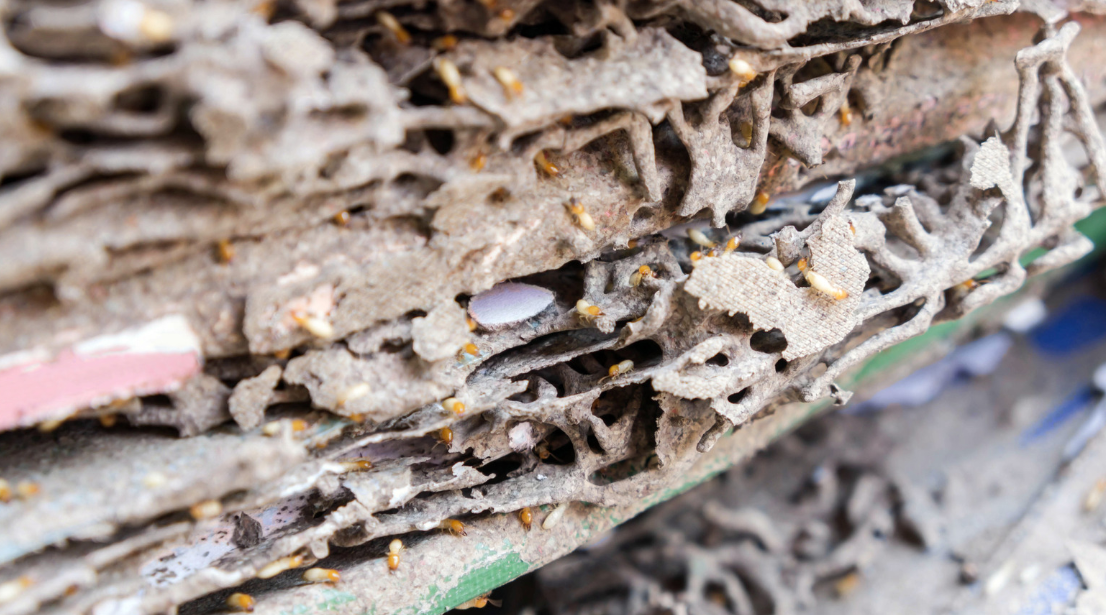
Termites are often called “silent destroyers” for a reason. They don’t make noise, they don’t leave obvious signs at first, and by the time most
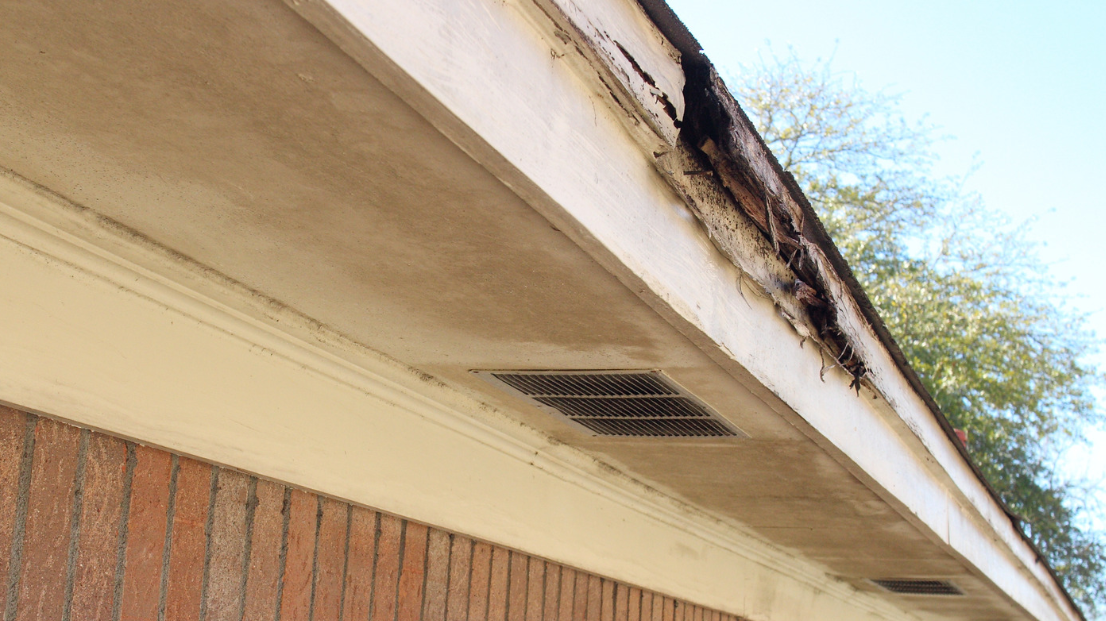
Subterranean termites are one of the most destructive and costly pests in South Florida, and HOA communities are especially vulnerable. These pests don’t just infest